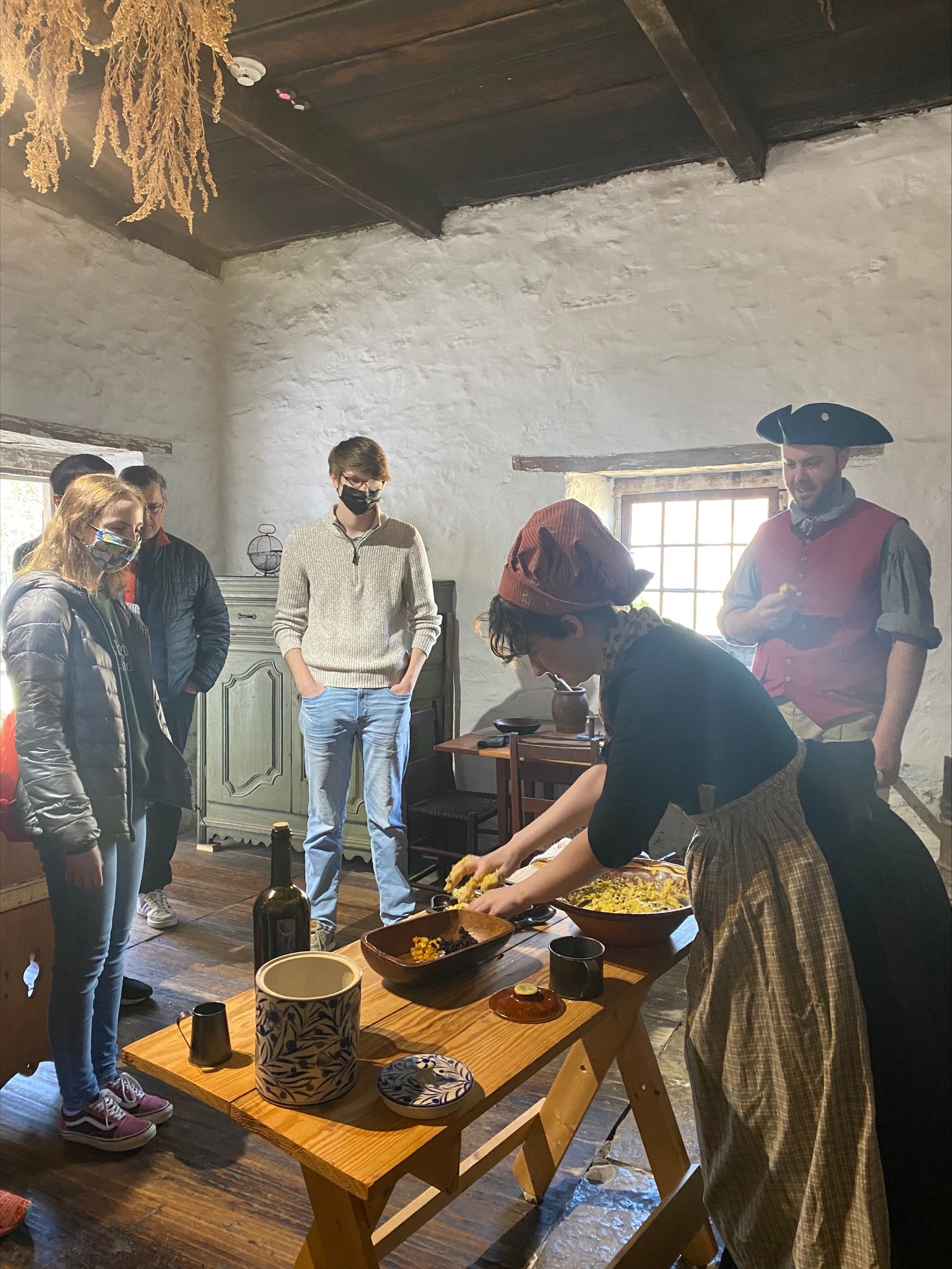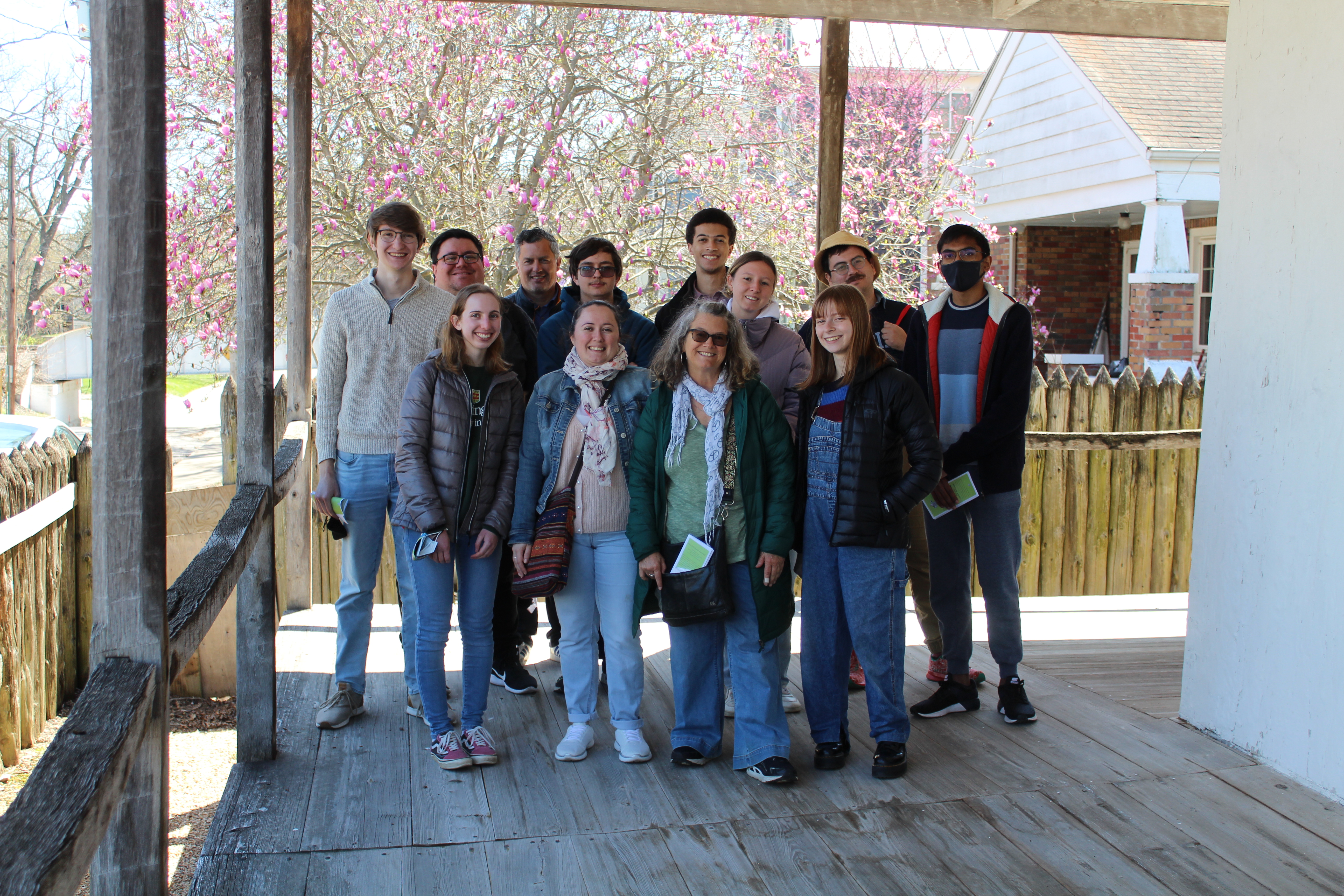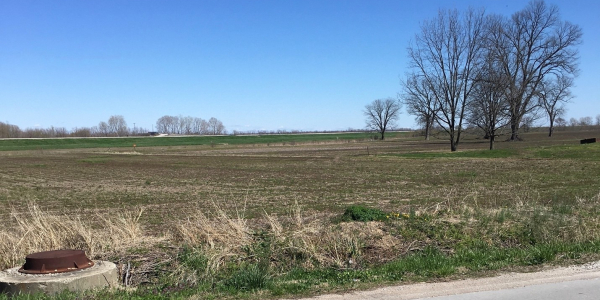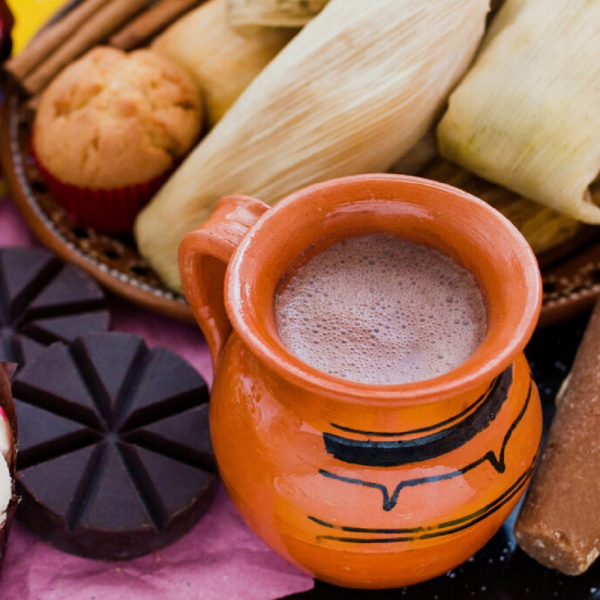On Saturday, April 9th, 2022, a group of WashU students accompanied by professors E. Allen and L. Cuillé (RLL/French) paid a visit to the historical town of Sainte Genevieve, MO, for a day filled with guided tours and interactive lessons on French colonial foodways, architecture, and lifestyles. Sainte Genevieve, a French colonial settlement founded in 1735, is home to well-preserved eighteenth-century houses with their “Poteaux en terre” architecture, gardens, artifacts, and the “Grand Champ,” a large field that continues to be farmed today in this National Historical Park. Visitors participated in a demonstration of 1700s-style bread baking, learned about the various herbs and produce inhabitants would have grown in their gardens, and heard from experts about how residents lived. Most importantly, for students in the course French Ecology, taught by Professor Lionel Cuillé, the excursion approximately one hour outside the WashU bubble provided an excellent way to experience first-hand several different topics explored during class.

Over the course of the spring semester, students in French Ecology explored how the representation of nature in French art and literature has transformed from the Medieval period to the present, as well as its relation to France’s current environmental policy. In particular, the class critically examined texts to discover the different meanings the concept of nature holds for the French. Beginning with one of the earliest pieces of French literature, the legend of Tristan et Iseult, students learned that nature was often seen as either a hostile force or a divine Creation meant to serve humans. This changed as writers debated the rationality of animals in the seventeenth and eighteenth centuries and began to perceive nature as a reflection of inner turmoil during the Romantic period. Later movements of Impressionism, surrealism, and existentialism also documented human interactions with and new attitudes towards the natural world.
In Sainte Genevieve, students were able to gain a new perspective into how eighteenth-century French colonists perceived, manipulated, and adapted to their natural environment. In a location centered around a flood-prone river and with a variable climate, it appears that to settlers, nature was simultaneously a bountiful source of subsistence and an unpredictable threat to the very livelihood it helped them build. The environment provided residents with trees for construction, deer and other animals for meat, and a river for transportation, water, and fertile soil. Inhabitants of Sainte Genevieve farmed wheat on narrow, individually portioned parallel plots in the “Grand Champ,” a large field located adjacent to the Mississippi river. Interestingly, this centralized farming location of the “Grand Champ” led to closer relations among neighbors no longer separated by farms. Despite its advantages, the river’s unpredictable floods could extend far into the community and damage crops for trade and consumption. In an attempt to counteract this, settlers built a levy to stave off flood damage and raised their houses on wooden supports.
Residents had to similarly strike a delicate balance between exploiting natural resources and creating a sustainable community in their use of wood. When cutting down trees for building materials, they had to reckon with the potential consequences of deforestation. Students in French Ecology explored such damaging effects in the former French colony of Mauritius, as documented by Bernardin de Saint-Pierre’s celebrated novel Paul et Virginie (1788). There, the loss of trees contributed to changes in weather patterns, with destructive results.
Visiting Sainte Genevieve, a small, rural town about as unlike St. Louis as possible, was an excellent way to explore Missouri beyond the university bubble, while finding connections to the classroom. Like the examples studied in class, residents in this French settlement had to navigate and negotiate with their environment to build a sustainable lifestyle.




